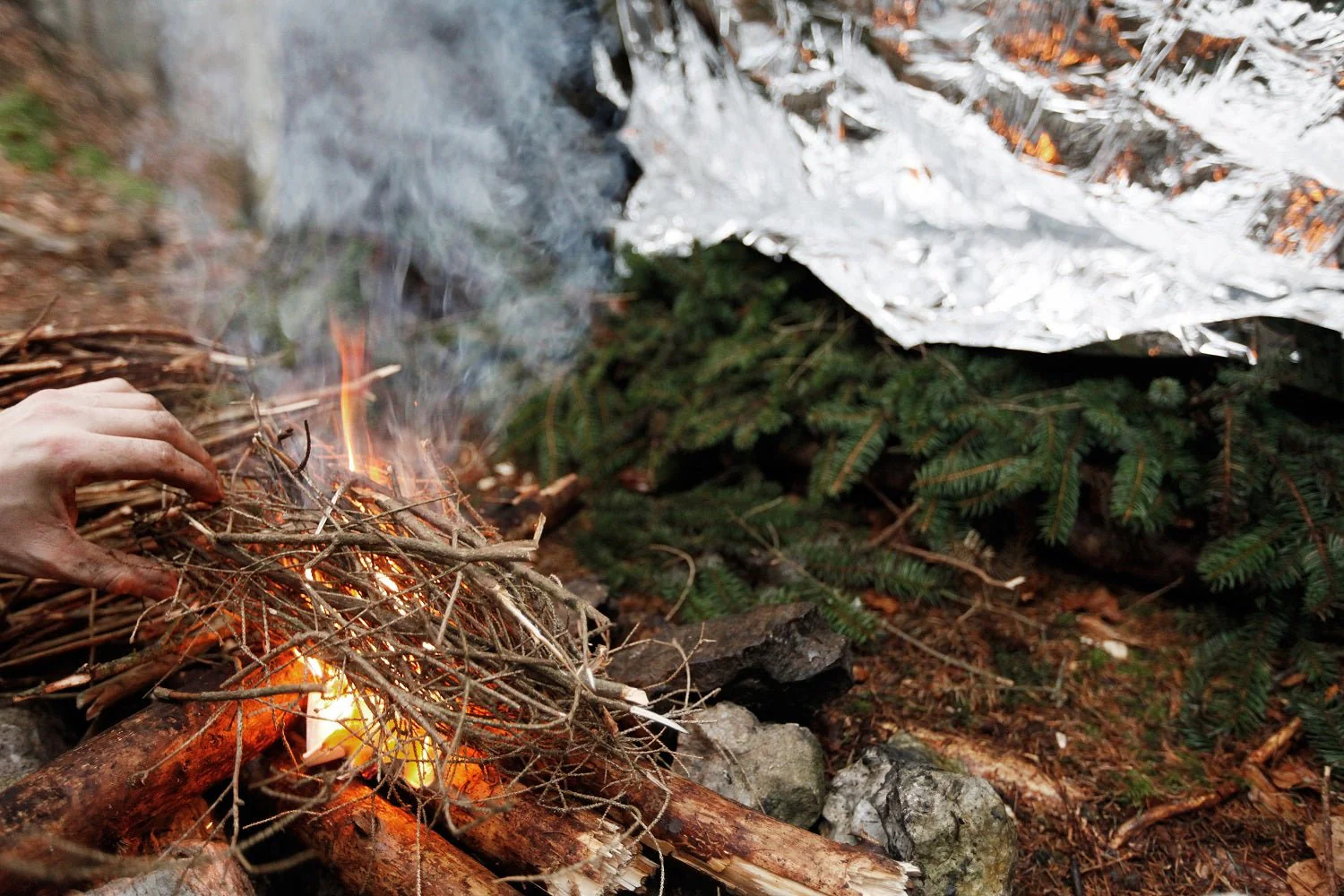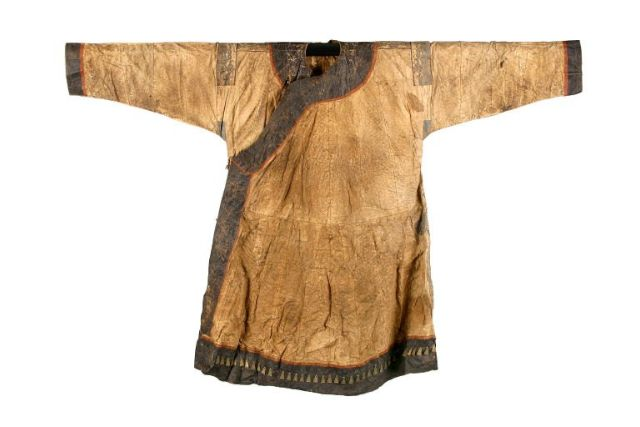In a world dominated by digital maps and GPS devices, many outdoor enthusiasts forget that nature has always offered its own navigation tools. When batteries die or signals fail, being able to orient yourself using the sun, stars, or natural landmarks can mean the difference between finding your way or getting dangerously lost. Developing these skills not only boosts your survival chances, but also deepens your connection with the environment.
One of the most reliable techniques is using the position of the sun. In the northern hemisphere, the sun rises in the east and sets in the west, allowing for a general sense of direction. At night, the North Star (Polaris) remains fixed in the sky and can be located by tracing a line through the “pointer” stars of the Big Dipper. Observing moss growth, prevailing winds, and water flow direction can also provide subtle guidance when navigating through forests or valleys.
Mastering natural navigation requires practice and awareness. Try hiking without digital aids and rely on a map, compass, or celestial bodies instead. These timeless skills, once essential for explorers and indigenous peoples, remain relevant for modern adventurers. When the digital fails, nature remains your most dependable compass—if you know how to read it.




